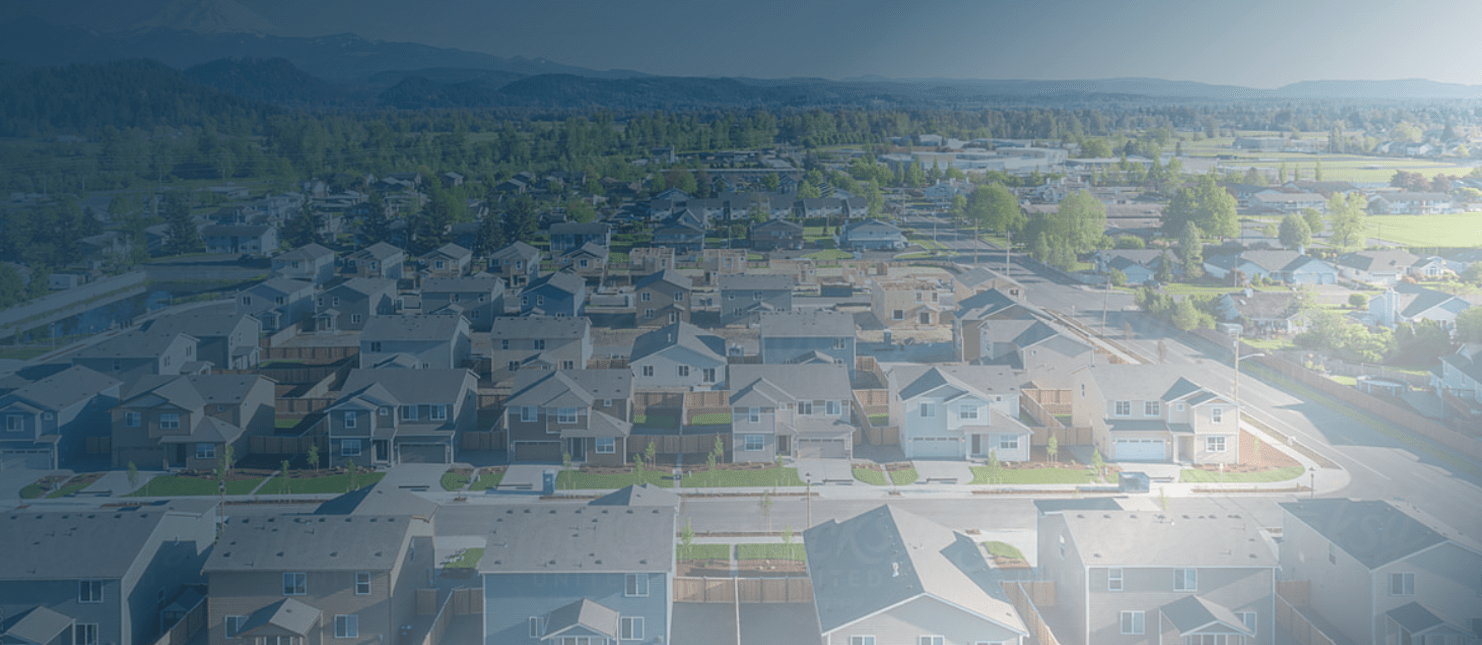How Long Does A Roof Last in Lake Orion, MI
Proven roof maintenance for lasting protection. Free assessment available.
When it comes to maintaining a home, one crucial component that often gets overlooked is the roof. The roof serves as the first line of defense against the elements, protecting the home and its occupants from rain, snow, wind, and sunlight. Over time, however, even the sturdiest of roofs will begin to show signs of wear and tear, prompting homeowners to ask the question: How long does a roof last?
In Lake Orion, MI, where the changing seasons and harsh weather conditions can take a toll on residential roofs, it’s essential for homeowners to have a clear recognizing of the lifespan of their roofs. This knowledge can help them plan and budget for necessary maintenance or replacement, ultimately preserving the integrity and value of their homes.
Roof Lifespan
The lifespan of a roof depends on various factors, including the type of roofing material, the local climate, installation quality, and maintenance. Here’s a closer look at how each of these factors can influence the longevity of a roof:
1. Roofing Material
The type of roofing material used plays a significant role in determining the lifespan of a roof. Different materials have different durability and resistance to environmental factors. For example, asphalt shingles, a popular choice for residential roofs, usually last between 15 to 30 years, depending on the quality of the shingles and the local climate. Other materials such as metal, tile, or wood shake can have varying lifespans, making it crucial for homeowners to consult with roofing professionals to determine the most suitable material for their specific needs and budget.
2. Local Climate
In Lake Orion, MI, where residents experience cold winters, heavy snowfall, and occasional severe storms, the local climate can have a significant impact on the lifespan of a roof. Constant exposure to extreme temperatures, moisture, and wind can accelerate the deterioration of roofing materials, leading to premature aging and damage. Understanding the unique weather patterns in the region is essential for homeowners when assessing the expected lifespan of their roofs.
3. Installation Quality
The quality of the roof’s installation is a fundamental factor in determining its lifespan. Proper installation techniques, attention to detail, and adherence to industry standards can significantly extend the longevity of a roof. Conversely, subpar installation practices can lead to premature failure and costly repairs. Homeowners should work with reputable roofing contractors who have a track record of delivering high-quality installations to ensure the longevity of their roofs.
4. Maintenance
Regular maintenance and proactive care are crucial for extending the lifespan of a roof. Inspections, repairs, and cleaning can help identify and address small issues before they escalate into significant problems. Neglecting routine maintenance can lead to accelerated deterioration, reducing the overall lifespan of the roof. Homeowners should have a maintenance plan in place and schedule regular inspections by professional roofers to ensure the health and longevity of their roofs.
Factors Affecting Roof Longevity
While the average lifespan of different roofing materials provides a general guideline, several specific factors can affect how long a roof lasts. These include:
1. Ventilation
Proper attic ventilation is essential for regulating temperature and moisture levels in the attic space. Inadequate ventilation can lead to heat and moisture buildup, accelerating the deterioration of roofing materials and shortening the roof’s lifespan. Homeowners should ensure that their roofs have sufficient ventilation to promote longevity.
2. Sun Exposure
Excessive sunlight exposure can cause roofing materials to deteriorate over time. UV radiation can break down the structure of shingles and other roofing components, leading to cracking, fading, and loss of granules. Understanding the impact of sun exposure can help homeowners make informed decisions about roof maintenance and replacement.
3. Storm Damage
Severe weather events, such as hailstorms and high winds, can cause significant damage to roofs. Even if the initial impact seems minor, it can compromise the integrity of the roof and lead to premature aging. Prompt inspections and repairs following severe weather are essential for preserving the longevity of a roof.
4. Tree Debris
Overhanging trees can pose a threat to the roof, especially during storms. Falling branches, leaves, and debris can cause structural damage and promote the growth of moss and algae, impacting the roof’s longevity. Homeowners should consider trimming trees to prevent potential roof damage.
Get Free Quote
Acknowledging the factors that influence the lifespan of a roof is essential for homeowners in Lake Orion, MI, as they strive to protect their homes from the elements and preserve their investment. By considering the type of roofing material, local climate, installation quality, and maintenance practices, homeowners can make informed decisions about roof replacement and maintenance, ensuring the long-term integrity of their homes.
While there is no definitive answer to the question How long does a roof last? due to the myriad of factors at play, proactive care, regular maintenance, and professional guidance can significantly extend the lifespan of a roof. By staying informed and attentive, homeowners can effectively manage the longevity of their roofs and safeguard their homes for years to come.


